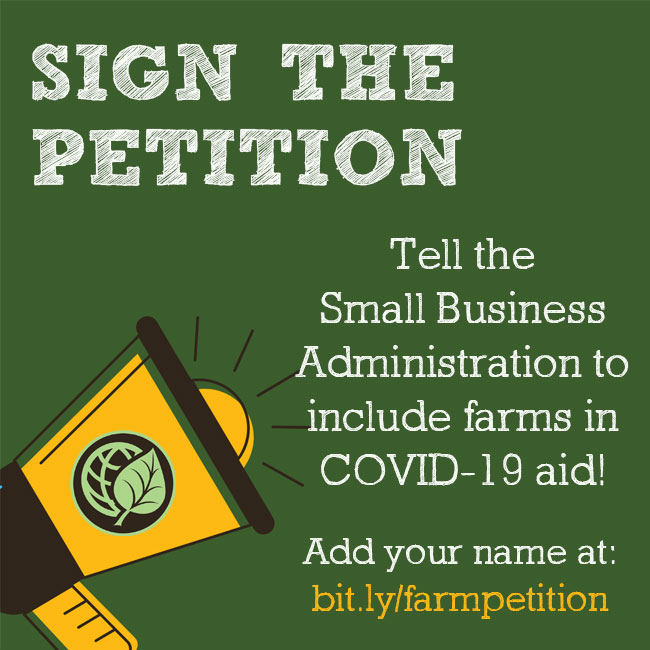Regenerative farming is our best hope for feeding ourselves without destroying the planet. But what…
On Animal Agriculture and Global Warming

Spring shedding at Animal Welfare Approved’s Green Dirt Farm in Weston, Missouri
Is meat to blame for our climatic woes? According to two recent reports, one by the Humane Society of the United States (HSUS) and the other by the American Meat Institute (AMI), the consensus is, “partly.” The two groups differ however, on just how much.
According to the AMI, the nation’s largest meat and poultry trade association, animal agriculture contributes only 2.8% of the greenhouse gasses emitted by the United States. The primary ingredients in this figure were manure management and “enteric fermentation,” or gaseous emissions associated with digestion. However, the figure did not include the greenhouse gases resulting from feed production or transportation to market. The HSUS, the nation’s largest animal protection organization, took some of these factors into account and believes the figure to be much higher. They highlight a report by the UN Food and Animal Organization that states, “…animal agriculture sector is responsible for 18%, or nearly one-fifth, of human-induced greenhouse gas (GHG) emissions, greater than the share contributed by the transportation sector.” While the FAO’s scope of research goes beyond the US, this is probably more appropriate – our atmosphere doesn’t stop at our national borders either.
The contribution of livestock to global warming may lead some to villify animal husbandry en masse. However, not all farms are created equal. The HSUS report noted the differences between intensive manure management and extensive manure management. Extensive, pasture-based systems have an advantage here, as manure is “played where it lays,” so to speak. Allowing animals to roam, and to distribute manure themselves can reduce energy and input costs, and can also reduce associated methane production. This view was echoed in Michael Pollan’s keynote address at the Georgia Organics conference last month (click on the link to watch the entire speech):
We need also to solarize our farming and to get animals back on farms — [applause] — and out of confinement. Why? Well, we need to close the nutrient cycles. We need to…turn their waste back into the blessing of fertility. Right now, it is a pollutant. You know, the great Wendell Berry quote[:] “When we put animals on feedlots, we took a solution, which was animals fertilizing the soil and dealing with crop waste, we took that brilliant solution and neatly divided it into two problems: a fertility shortage on the farm and a pollution problem on the feedlot.” Well, we have to go back to the solution that predated those problems.
On first glance, it may seem that the only options are to ignore our impending climatic crisis or to cut meat out altogether. But rather than throwing the baby out with the bathwater, perhaps there is a way to raise farm animals sustainably, and to leave a lighter footprint on the planet. This ultimately means fewer animals and reduced meat consumption. But it also means better animal welfare, more nutritious meat, dairy and eggs, and a stable future for our food system as a whole.



